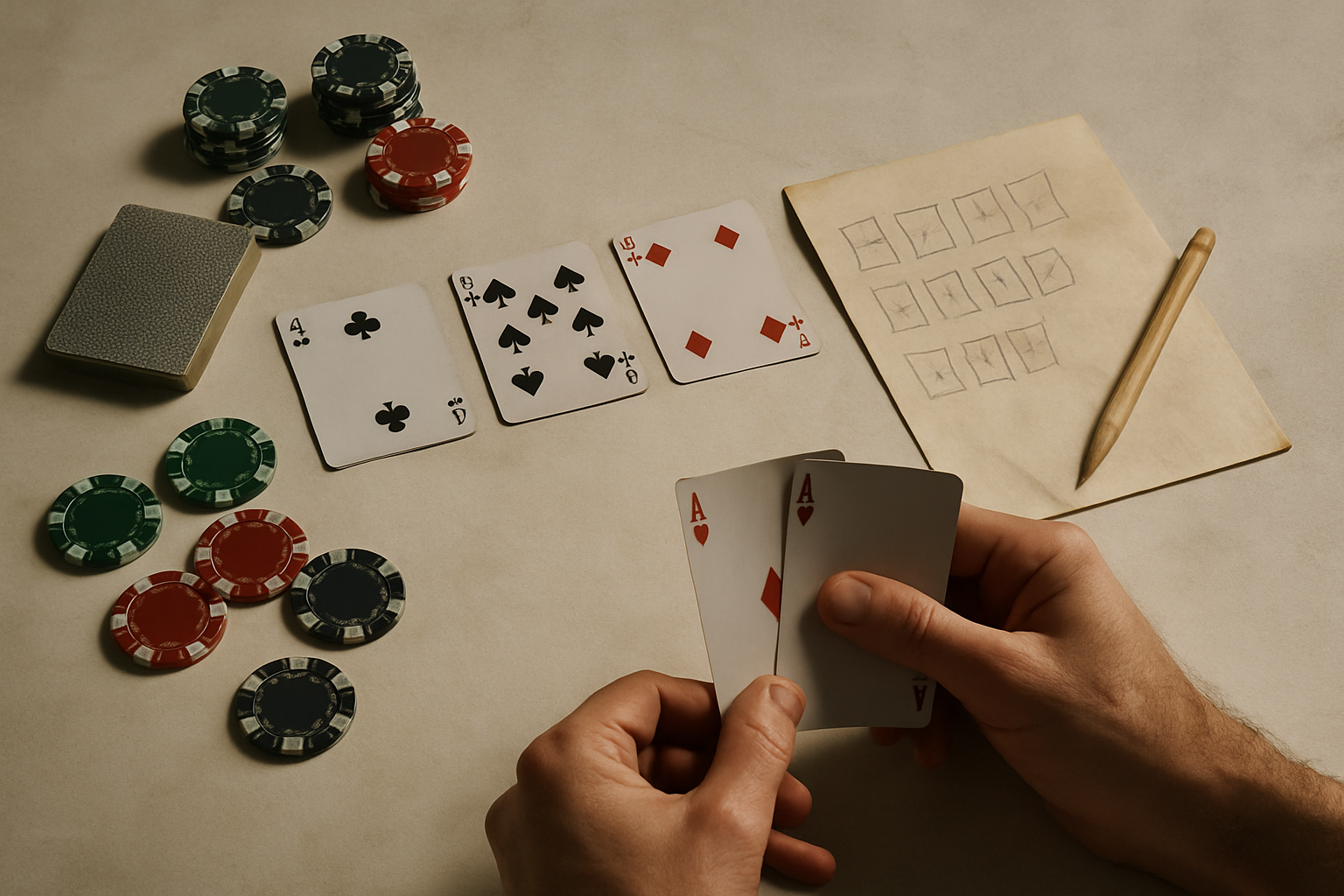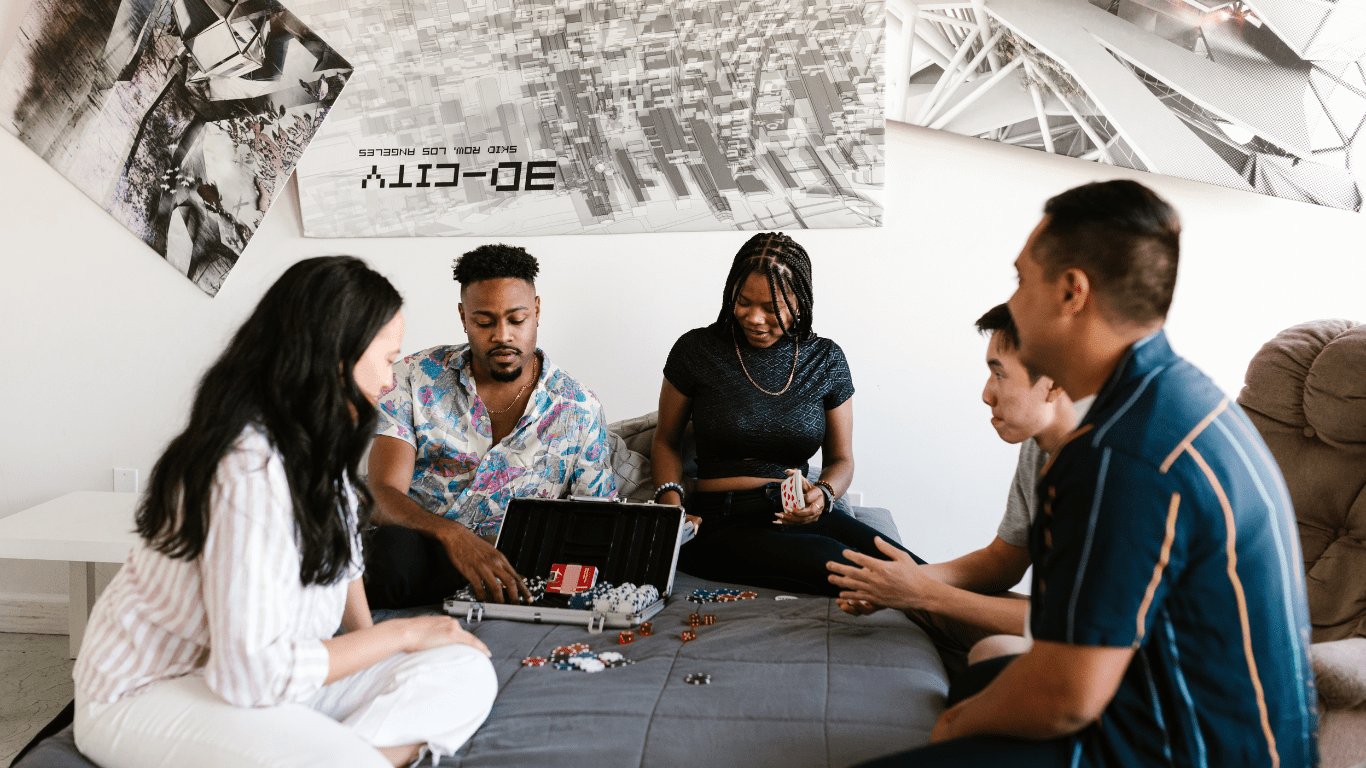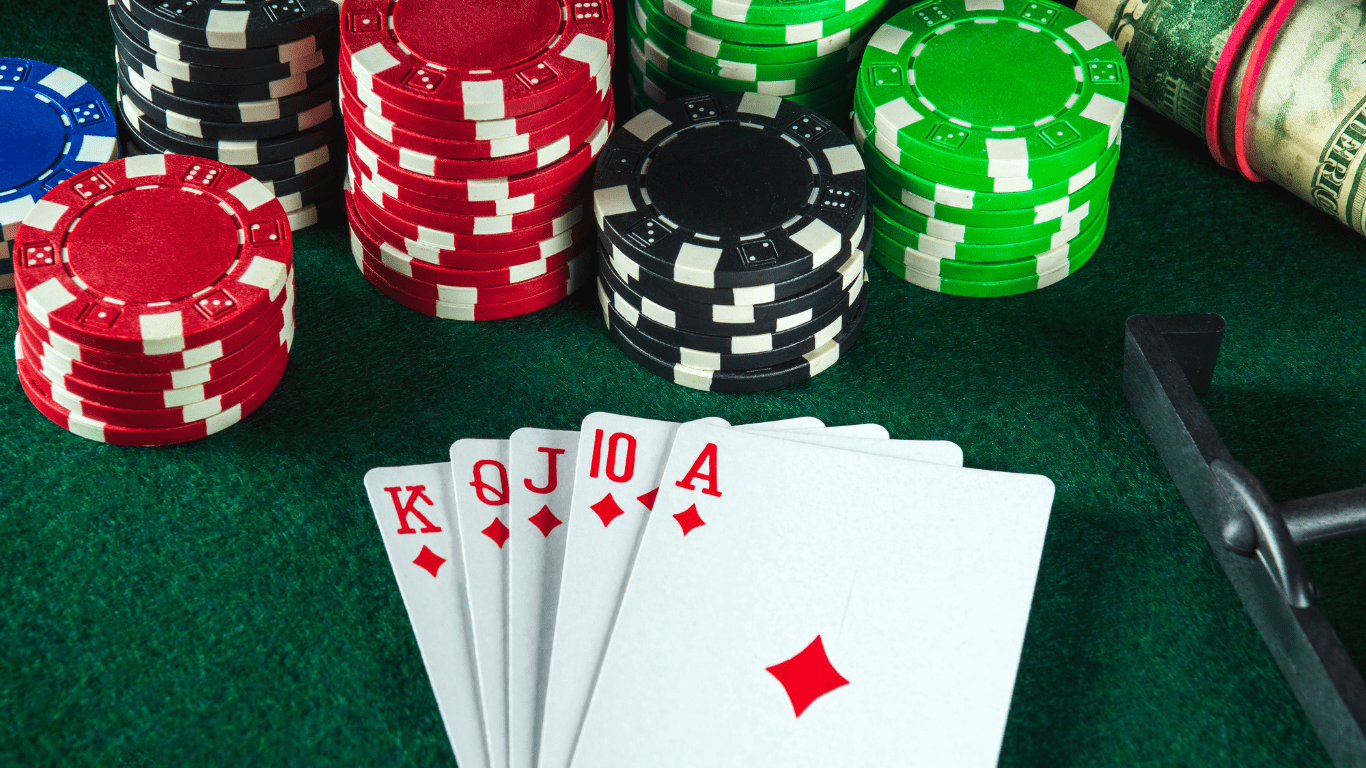Understanding Tournament Dynamics
Ask any seasoned poker player: cash games and tournaments may use the same cards, but they’re two different beasts. Cash games let you reload chip stacks, pick your hours, and leave the table when it suits you. Tournament play doesn’t give you that luxury. You get one stack and once it’s gone, so are you. That single rule changes everything.
In tournaments, survival comes first. There’s no value in scooping a big pot early if you get knocked out five hands later chasing marginal spots. Chips lost hurt more than chips won help. You’re not just playing hands you’re managing a lifeline.
That’s why strategies need to evolve at each phase. Early on, conserve. Build a solid image. Avoid high risk moves unless you’re dealt real strength. As the middle stages hit and blinds grow, escalate your pressure. Steal where you can, take advantage of tight players, and start shifting gears. Late stage play is a different animal. It’s all about position, aggression, and calculated risk. Fold equity becomes a weapon. Every decision ties back to one focus: stay alive, move up, and maximize your shot at the final table.
The goal isn’t to win every hand. It’s to stay in the game long enough to pick your moment then make it count.
Early Stage: Tight, Disciplined Play
The early levels of a poker tournament aren’t about fireworks. This is the stretch for staying out of trouble, not building a highlight reel. Your priority is simple: protect your stack. There’s no pressure from blinds yet, so resist the urge to chase marginal hands. Instead, focus on playing tight and smart. Premium hands AA, KK, QQ, AK matter more here, especially when weaker players are still in the mix.
At the same time, keep your head up. These early levels are a goldmine for gathering intel. Watch for patterns. Who’s raising light? Who’s willing to gamble early? You don’t need to take them on yet just flag them for later.
And when you do get a monster hand, use that patience to your advantage. Let the hyper aggressive players hang themselves. Slow play selectively if the table is wild. Show discipline. The goal is to cruise through early play with your chips and focus intact. This is the setup phase. Don’t screw it up.
Middle Stage: Controlled Aggression
This is where most tournaments are won or lost not by all ins, but by pressure. The middle stage is about accumulating chips without putting your entire tournament life on the line. Stealing blinds becomes a key weapon, but you’ll get called or re shoved if you become too obvious. Mix it up: don’t always steal from late position, and don’t always use the same raise size. Keep opponents guessing.
Table dynamics can shift fast now. New players sit down, short stacks get desperate, and some big stacks start bullying. Adjust quickly. If a loose player is on tilt to your left, tighten up. If everyone’s folding too much, loosen up and reap the folds.
This is also the stage where bubble pressure creeps in. Some players freeze near the money, scared to bust out just shy of a payout. That’s your window. Identify players just trying to survive. Pressure them with well timed bets, especially when you’re in position. Don’t go overboard, but don’t pass up the chance to grow your stack against passive opponents clinging to min cash dreams.
Late Stage: Pressure and Position

In the late stages of a tournament, position shifts from helpful to critical. With blinds and antes forcing action, your seat at the table can mean the difference between a double up and a bust out. Acting last gives you better info, more fold equity, and cleaner reads especially as stacks get shallower and mistakes get costlier.
This is the phase where marginal hands turn into weapons if you use position well. Suited connectors, weak aces, small pairs hands you avoided earlier now have value if the players behind you are tight or short. The goal isn’t always to see a flop. More often, you’re leveraging fold equity. Raise in late position and you might take the pot right there, especially if others are hanging back to make the money.
But there’s a fine line. As the blinds escalate, pots become worth stealing but they’re also dangerous to chase with weak holdings. One mistimed shove can erase hours of solid play. You’re constantly weighing risk vs. reward: how likely are they to fold, how strong do you need to be, and what happens if they shove back?
This is where champions separate from the field. They stay aggressive, but not reckless. They understand that survival buys opportunities but pressure creates victory.
Final Table Mindset
The final table is where real decisions and real pay jumps start to matter. One of the biggest strategy shifts here is understanding ICM (Independent Chip Model) pressure. Every chip isn’t worth a dollar anymore; it’s about payout ladders. That means making a risky call with a slight chip equity edge might be wrong if it could cost you a major payout bump. In short: survival becomes as important as aggression.
Now’s the time to know whether you’re playing to win or playing for place. If you’re the short stack with minimal fold equity, you may need to gamble to climb. But if you’re mid stacked and a few players are on the brink, tightening up and letting them knock each other out can be wiser. Chip leaders? They can push their weight around and exploit players clinging to life.
Reading short stacked players is key. A shove isn’t always strong it could be desperation. That’s where your calls need to be +EV (expected value), factoring in how wide their range is and what a double up really does for your game. Still, calling light and losing can cripple your ability to pressure others later. It’s a balancing act between risk control and stack leverage.
At the final table, everyone’s making calculated bets not just with chips, but with tournament life. Know who’s scared, know who’s hunting, and adjust your game accordingly.
Bankroll and Emotional Management
Tilt is the silent killer in long format tournaments. You can play eight hours of solid poker and blow it all in two hands once you lose control. The fix? Build routines that reset your mindset. Step away when things go sideways. Breathe. Track your emotional triggers, and don’t confuse bad beats with bad play.
If you’re entering multiple tables at once, it’s essential to treat each buy in like a calculated risk not a casual gamble. Set a stop loss limit before you open your first table. Whether it’s three re entries or a dollar cap, draw a line and stick to it. This protects your roll and your headspace.
Mental stamina wins more tournaments than flashy bluffs. Think of focus like your chip stack: budget it. Don’t spend all your concentration early by over analyzing hands that don’t matter. Save energy for crucial pivots the endgame, final table, or that five bet decision when real equity is on the line. Practicing endurance and emotional detachment is just as important as studying ranges or board textures.
Bonus Insights & Pro Level Tips
Your table image is the story you’re telling without saying a word. If you’ve been playing tight, folding hands and only showing down monsters, your next all in might scare everyone off. On the flip side, if you’ve been splashing chips around, bluffing with weak holdings, don’t be surprised when someone calls you down with second pair. Use your image like a weapon cultivate it, then choose the right moment to flip the script.
Timing tells matter. Quick bets often scream strength or simplicity either you’ve got it, or you’ve got nothing. Hesitation, on the other hand, can signal calculation or uncertainty. Skilled opponents watch these cues like hawks. Keep your timing deliberate and varied. Don’t offer patterns to exploit.
Bet sizing does more than build pots it sends messages. A small bet may be fishing for a call or keeping someone in. A large bet can mean strength, or it can be a bluff with purpose. What matters is that your sizing matches your narrative across the hand otherwise, you’re leaking information.
Master the fundamentals with these essential Hold’em tips
Stay Ahead of the Field
The best players aren’t just sharp they’re students of the game. Improvement doesn’t happen by accident. Start by tracking your results. Keep a log of tournaments played, finishes, key hands, and decision points. Patterns will emerge. Are you bleeding chips in the middle stage? Calling too loose out of position? Honest data keeps your leaks visible and manageable.
Next, watch the pros. Not casually, but with intention. Pause, rewind, break it down. What hands are they pushing with from late position? When do they shift gears on the bubble? You’ll pick up habits they don’t even talk about.
Finally, your own big hands deserve a second look. Review the ones that swung your tournament. Win or lose, ask: was the line optimal or just lucky? Every session is a lesson.
To dive deeper, check out more key strategies here: Sharpen your strategy with more essential Hold’em tips.



